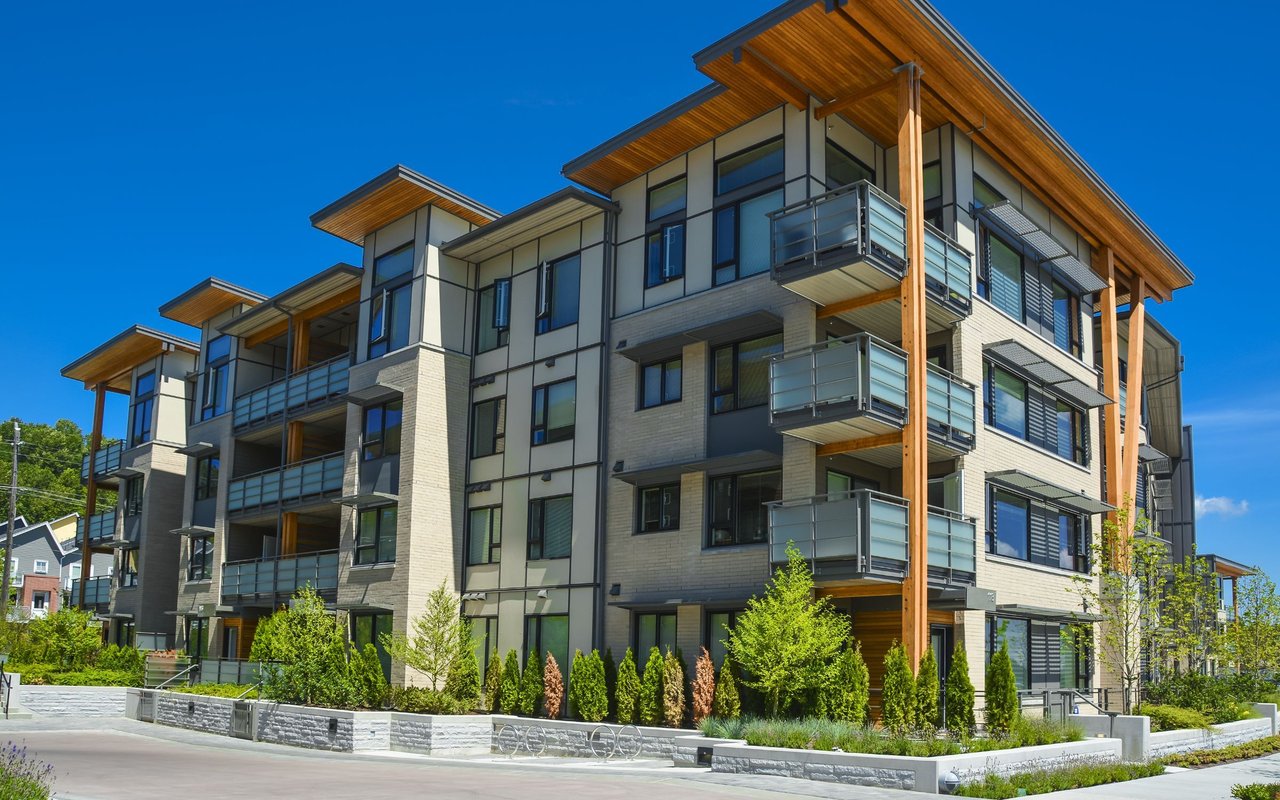How Much is Your Community Worth?
- Property valuation
- Expert advice
- Sell for more
Years of Combined Experience
Total Sales Volume
Total Properties Sold
Transactions in 2024

Senior Living Investment Brokerage was founded in 1997 based on a simple idea of how to do business: provide hands-on consultation to sellers while marketing their Seniors Housing and Long-term Care Communities to a nationwide network of financially qualified buyers — all while maintaining complete confidentiality. With our combination of relational service, confidential marketing, and deep industry relationships, we have built sustained success and a strong reputation that speaks for itself.

Total Confidentiality
Whether you are looking to buy senior housing or sell nursing home facilities, we handle every aspect of the transaction—from initial negotiation to due diligence, financing, and closing—all while ensuring confidentiality is maintained.
A Commitment to Marketing
We don’t just list properties; we actively market and promote them to ensure maximum visibility.
Building a Nationwide Network
For decades, we have established strong, lasting relationships with buyers and sellers throughout the industry.
Enter your details to see how much your property is worth.
*Authentication failed. Please enter your details below to get your free valuation.
Schedule a free consultation with a top local agent who can help you estimate and understand your property's value.
We need more information to provide an accurate estimate for this address. Local expert will reach out shortly or you can schedule a consultation now.

Are you interested in buying a property?
Look no further than working with real estate experts.
What can we do today to help you achieve your goals? Let's Start a Conversation